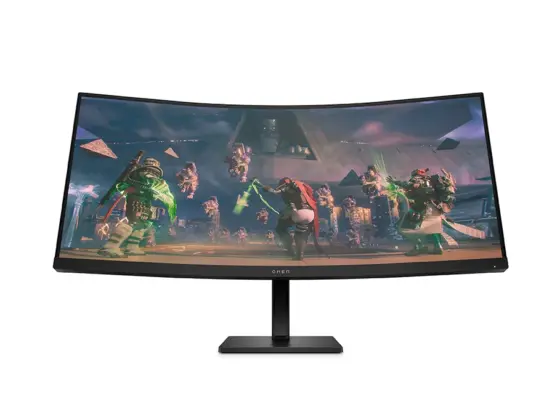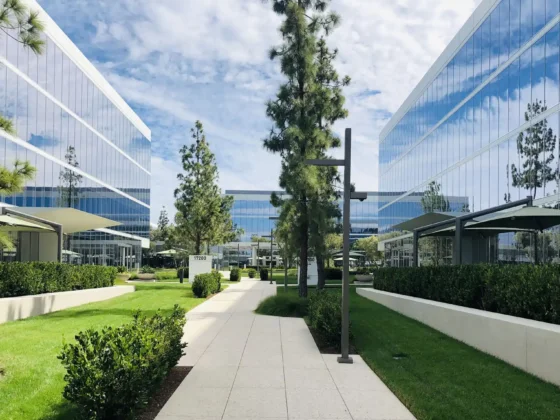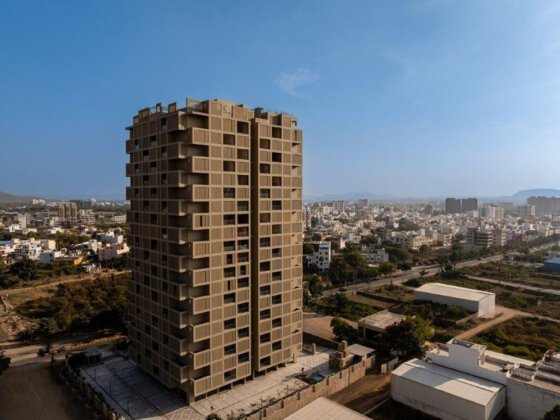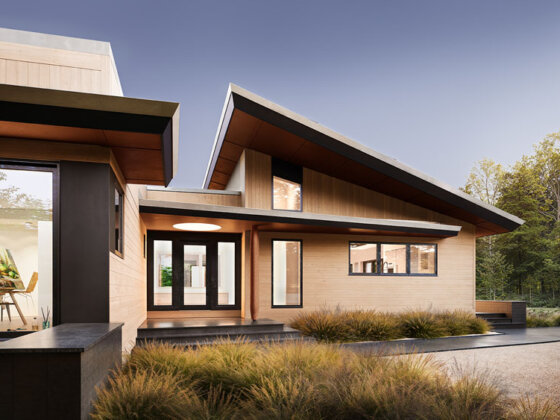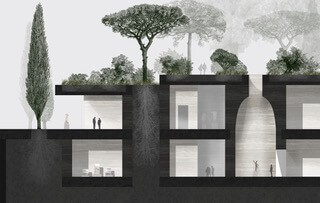Massachusetts, USA
The easily built Flex-0-Net Home by Paul Lukez and his design team is a Net Zero Energy 2,000 square feet single-family home that reduces demand on the energy grid as a resilient, self-sustaining model for living.

For its sustainable design, this project has been awarded a 2023 Future House Award by Global Design News and The Chicago Athenaeum Museum for Architecture and Design.
The roof structure’s inverted scissor truss optimizes the solar panels’ performance while creating an interior ceiling profile that encourages natural ventilation.
The solar/battery system powers an EV, so houses and cars run off the grid.
The Flex-0-Net Home and Community creates an uplifting environment by each home’s design and its contribution to a larger community.
The house reinterprets historic New England barns, inverting the gabled roof into a contemporary prefab scissor truss optimizing sun exposure for solar panels.

The two-story structure houses diverse floor plans, selected by residents in the design phase based on their needs.
The design’s embedded spatial modularity lets residents easily change layouts over time.
Ancillary spaces – basements, garages, etc. – can become bedrooms, offices, or ADUs.
The house can expand up to 3000 square feet and can include an ADU.
Residents are thus more likely to stay in their homes and communities while accommodating changing family needs.
The Flex-0-Net Home is a building block for a thriving community like archetypal New England villages.
These dwellings can be clustered to create community-building spaces where public citizenry is supported and encouraged, by siting the private homes in community-oriented configurations.
The Flex-0-Net Home’s openness and visual transparency thus encourage neighborly engagement.
The design of both home and community encourages communion with nature, maximizing health and well-being.
The Flex-0-Net Home and Community helps the planet by shunning carbon-based fuels, charging EVs off renewable energy sources, and resisting inclement weather.
Each house and community can be a resilient NZE island, reducing grid demand.
Many of its parts can be prefabricated in controlled environments, reducing waste and integrating locally sourced recycled materials.
As resident needs change, the use of materials will be deployed when needed, not before, generating a more graduated demand curve on supply chains.
This design separates structure from infill, allowing the use of longer-lasting materials for the shell and letting interior spaces be reconfigured as needed over time.

Project: Flex-0-Net Home
Αrchitects: Paul Lukez Architecture
Lead Architect: Paul Lukez
Design Team: Paul Lukez and Roni Dos Santos
Client: Doug Tierney
Photographs: Courtesy of the Architects



